Bridging the Gap: Navigating the Transition from Education to the Workplace

it’s time to embark on a new adventure – transitioning from education to the workplace. While this transition can be both exciting and daunting, fear not! In this blog, we’ll explore the challenges you might face and provide tips on how to bridge the gap effectively.
Embrace Lifelong Learning
The first step in bridging the education-workplace gap is to understand that learning doesn’t stop after you finish education. The workplace is ever-evolving, and employers value individuals who are adaptable and eager to learn. Continuously upgrade your skills and knowledge to stay competitive.
Online courses: Platforms like Coursera, edX, and LinkedIn Learning offer a plethora of courses to help you acquire new skills or enhance existing ones.
Networking: Connect with professionals in your field, attend seminars, and join industry-specific groups to stay updated on industry trends.
Build a Strong Online Presence
In today’s digital age, your online presence can be a game-changer. Recruiters often check social media profiles and online portfolios to learn more about candidates.
LinkedIn: Create a professional LinkedIn profile to showcase your skills, experience, and connect with potential employers.
Personal website or portfolio: If applicable, create a website or portfolio to showcase your work, projects, and achievements.
Develop Soft Skills
In addition to technical skills, employers highly value soft skills like communication, problem-solving, teamwork, and adaptability. These skills are often gained through experiences outside the classroom.
Internships and part-time jobs: Seek opportunities that require collaboration, decision-making, and interaction with customers or clients.
Volunteer work: Volunteering can help you develop empathy, leadership, and adaptability skills.
Craft an Effective CV and Cover Letter
Your CV and cover letter are your first impression on potential employers. Make them count:
Customise: Tailor each CV and cover letter to the specific job you’re applying for.
Highlight accomplishments: Instead of listing duties, focus on your achievements and how they contributed to your previous employer or academic institution.
Master the Art of Networking
Networking can open doors to job opportunities and career growth. Attend industry events, job fairs, and seminars to meet professionals in your field.
Elevator pitch: Prepare a concise introduction that highlights your skills and career goals.
Follow-up: After networking events, connect with new contacts on LinkedIn and send a personalised message to express your interest.
Learn About Financial Literacy
Understanding personal finance is crucial as you transition into the workforce. Budgeting, saving, and investing are skills that will serve you well throughout your life.
Budgeting: Create a monthly budget to manage your income and expenses.
Savings and investments: Explore options like private and public pension schemes for retirement planning.
Seek Mentorship and Guidance
Don’t be afraid to seek guidance from experienced professionals or mentors in your industry. They can provide valuable insights and advice to help you navigate your career journey.
Mentorship programs: Many organisations offer mentorship programs to connect young professionals with experienced mentors.
Informational interviews: Reach out to professionals in your field for informational interviews to learn more about their career paths.
Transitioning from education to the workplace is a significant milestone in your life, and it’s normal to feel a mix of excitement and uncertainty. By embracing lifelong learning, developing both technical and soft skills, and proactively building your network, you’ll be well on your way to bridging the gap between education and the workplace. Remember, this journey is a continuous one, so stay curious, adapt to change, and keep striving for success in your chosen career path. The world is yours to conquer!

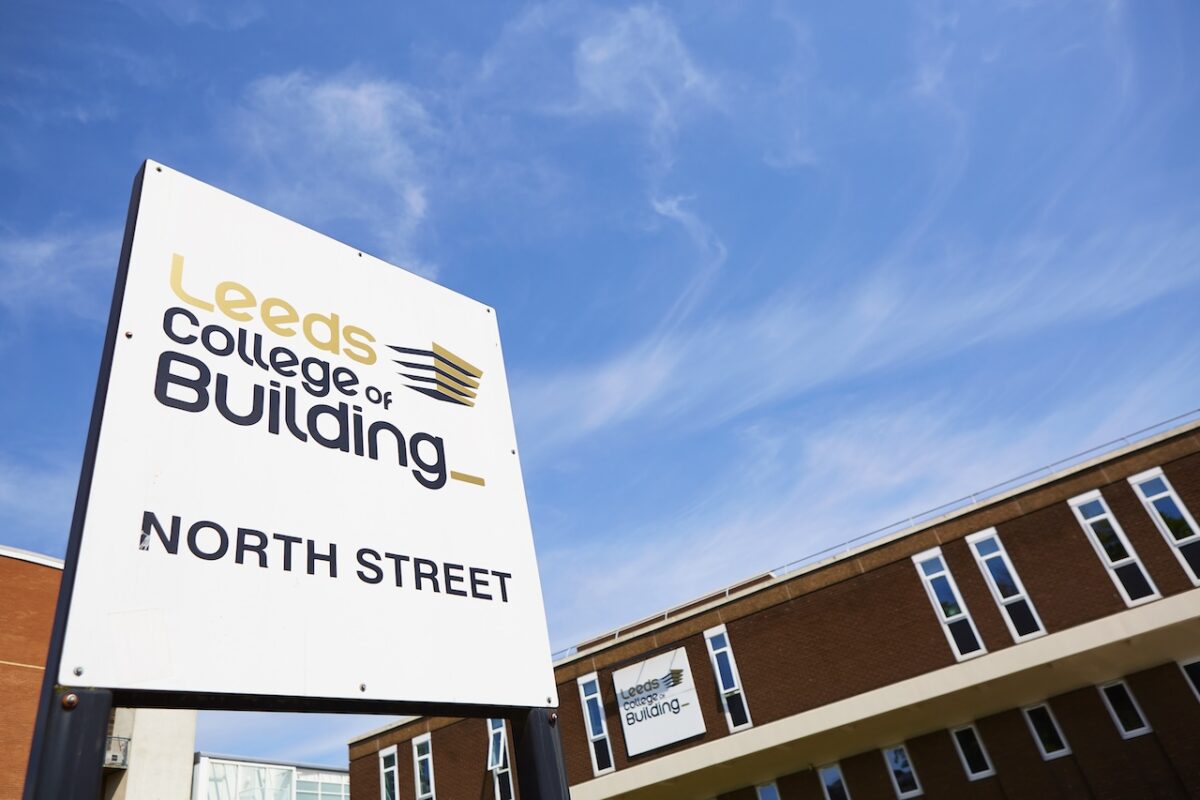
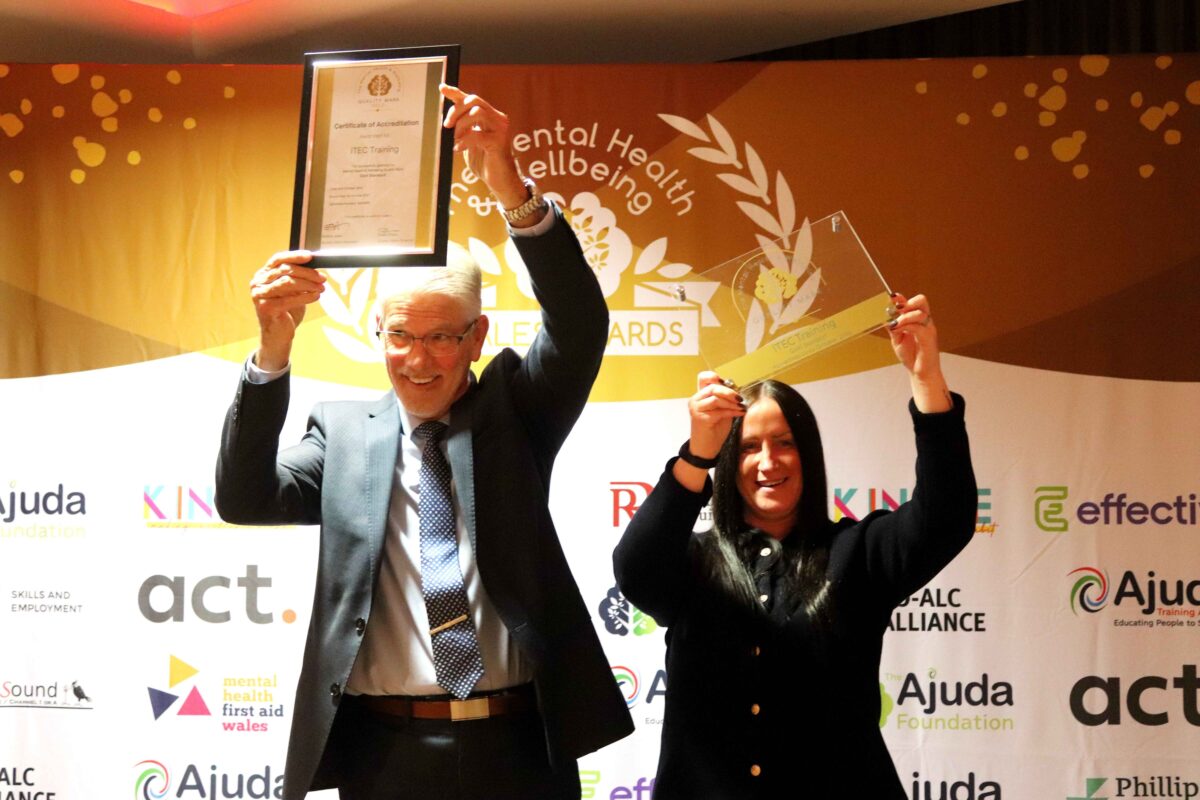
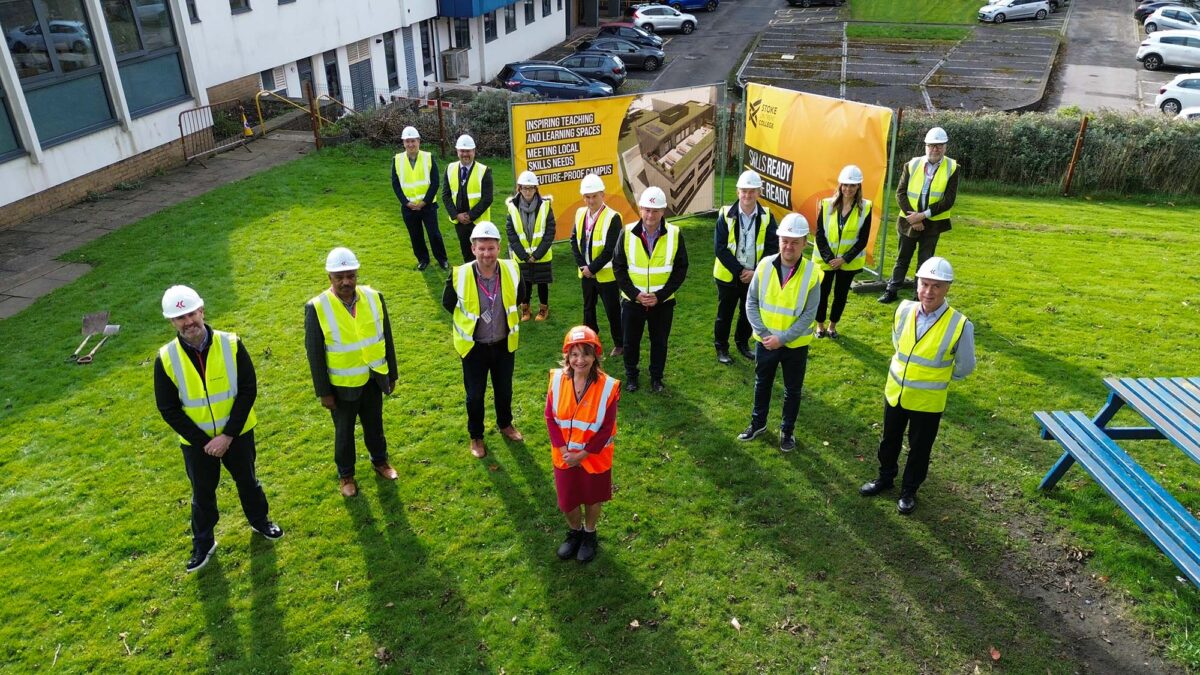
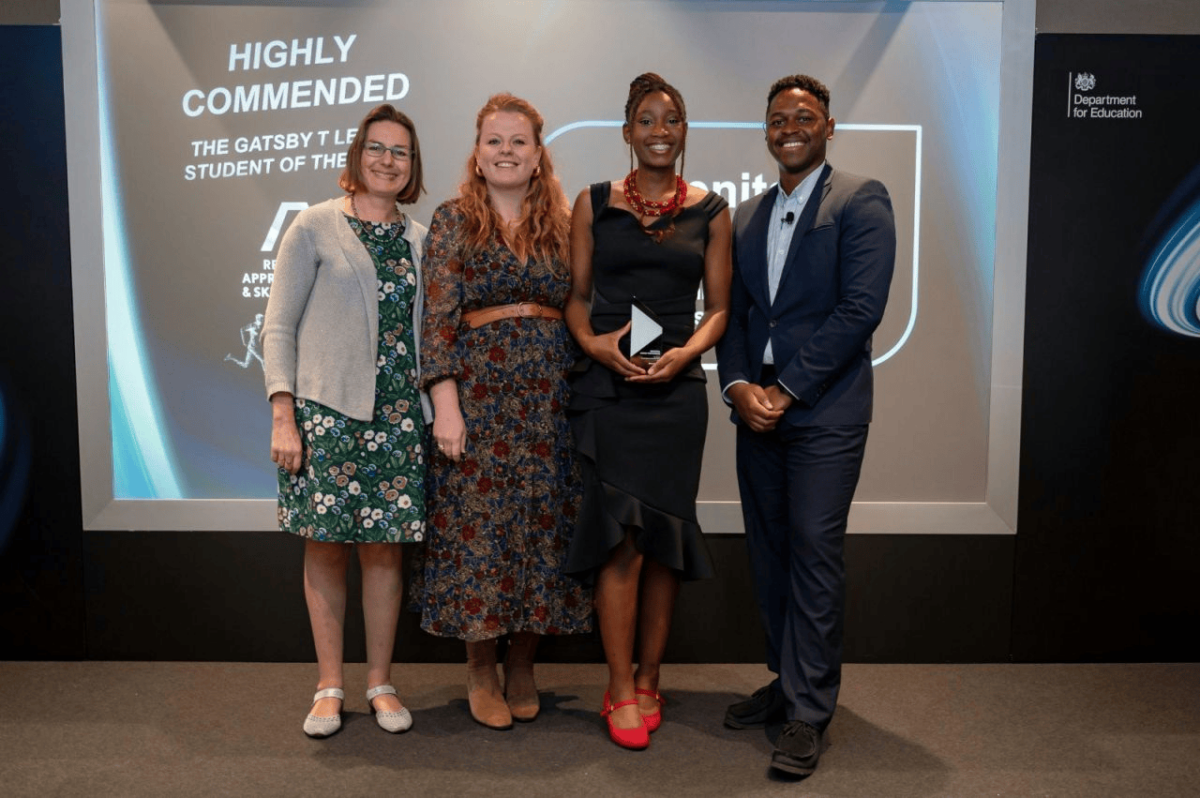





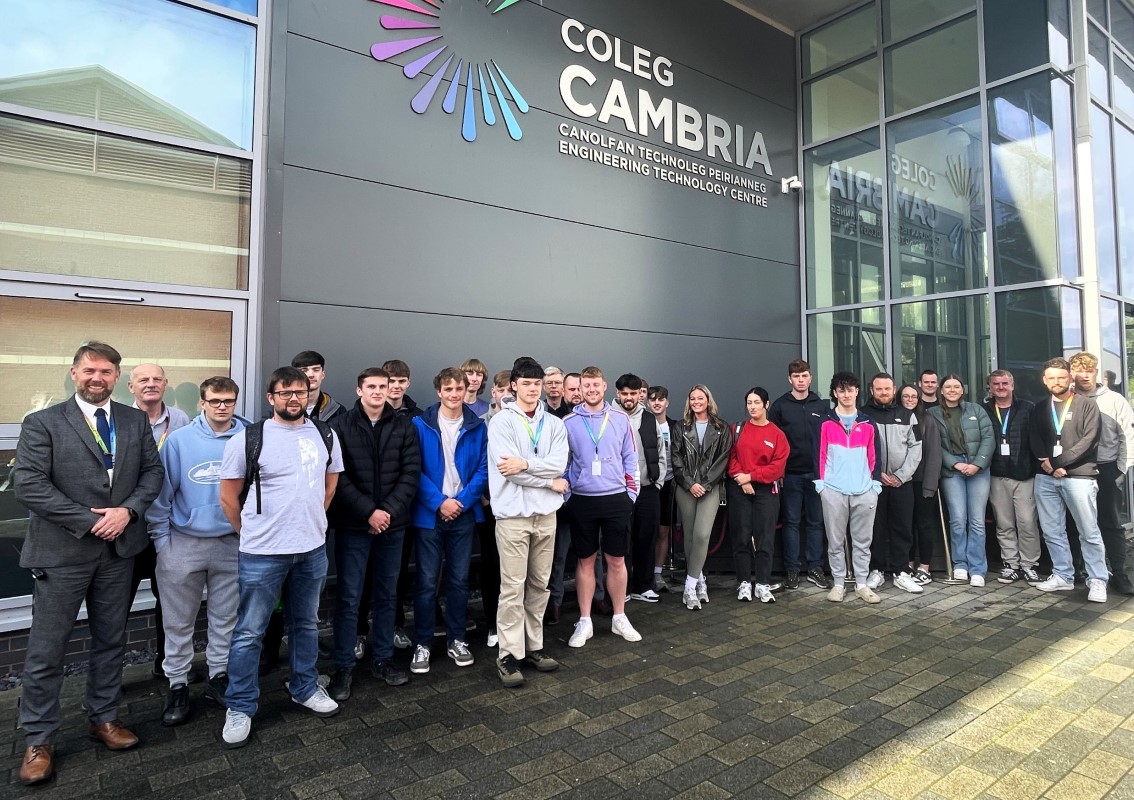
Responses